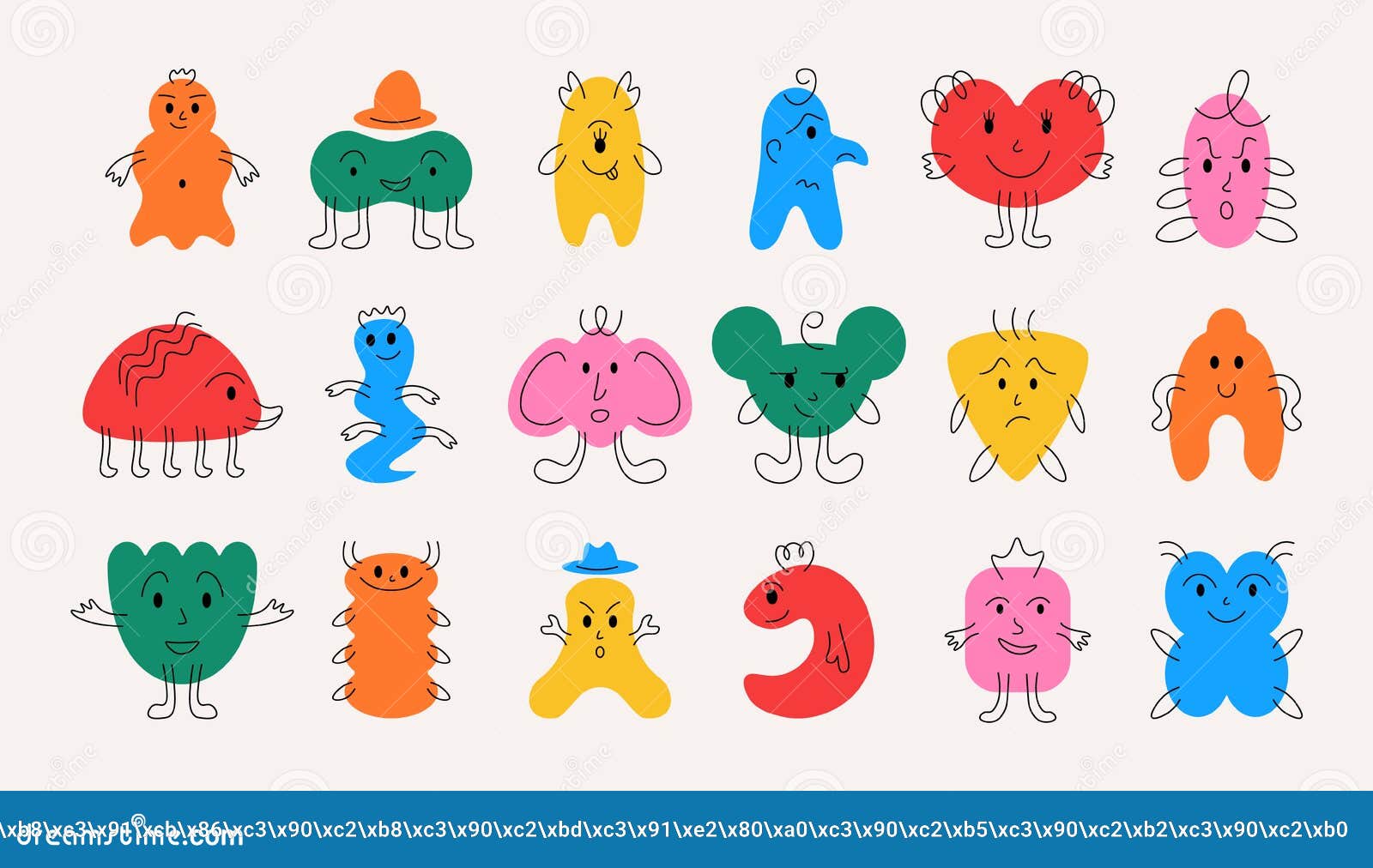

Either one is great!Ĭhildren lack the ability to think as rationally as adults because that part of their brains isn’t fully developed yet. What color is it? What shape is it? Does it have ten eyes? Fluffy hair? Again, this might give you another avenue into opening up a conversation, or it might just be something that your children do for the fun of it. Start with an emotion your child is familiar with, like Anger.

This exercise helps your children get to know their monsters. They feel scary and sometimes make us do bad things but what they actually need is for us to see them and take care of them. Our difficult feelings are like misunderstood monsters. Draw your monster emotions: You may wish to do this with your child to encourage their engagement with it.

It’s lovely hearing the kids ask questions, tell each other facts and jokes and enjoy working together to create a wonderful masterpiece! Best of all, the ink totally disappears on a warm machine wash, so the tablecloths can be used and enjoyed again and again!ģ. eatsleepdoodle’s color in tablecloths have proved hugely popular and a great tool in this instance their educational designs like the world map and pond and wildlife are not only huge fun for kids (or adults!) to color in, but also a brilliant conversation starter between children.
#DOODLE MONSTER EMOTIONS FULL#
Immediately, the child is then engaged and busy and no longer worried about a daunting room full of people. For many children, there’s nothing more calming and therapeutic than being able to focus their full attention on keeping inside the lines or creating a masterpiece. Any time a shy child walks into my classroom I like to focus their energy straight away on a fun coloring activity. Just color: Some children love an empty sheet of paper, others need a little more structure. It’s important we respect a child’s boundaries, and often giving them space when they need it will encourage them to come to you when they feel ready.Ģ. It may be that they draw the line and don’t want to talk to you about it, and that’s fine too. This will give them an outlet for processing what they’re feeling and possibly a way of communicating that to you. Line Art: Ask your child to draw just one continuous line to describe how they’re feeling about ………. So how can you use art and doodling to help children to manage and process big emotions? Here are some of my favorite strategies:ġ. So even if your child can’t verbalize why they’re crying or why today was the “worst day ever”, they can still use a coloring pen and let go of stressful thoughts and feelings that way. The creative right-side of the brain loves these activities because they are so soothing and require little logical thought, planning or consideration. They increase feelings of wellbeing, positivity and peace whilst allowing our bodies to process and release stress.ĭoodling and coloring do the same thing. They all trigger a relaxation response in the nervous system, slowing the heart rate, the breath and busy thoughts. Strategies like mindful breathing, yoga, massage and tapping are fantastic for self-regulation in children.

This means they’re less able to be rational and reasonable than a fully-grown adult which is why it's so crucial we teach them ways of coping with stress from a young age. Children often find themselves in states of Fight, Flight or Freeze because their Amygdala is so sensitive, and their Pre-frontal cortex is still in its developing stages. Big, overwhelming feelings come with the territory when you're a child and that's because of how the brain develops.


 0 kommentar(er)
0 kommentar(er)
